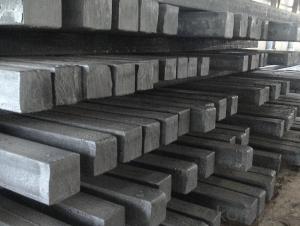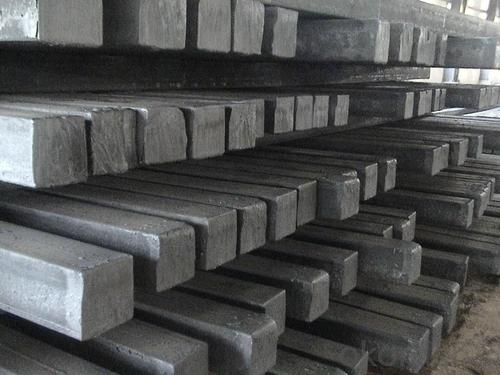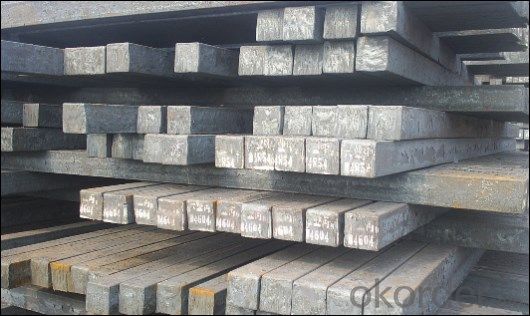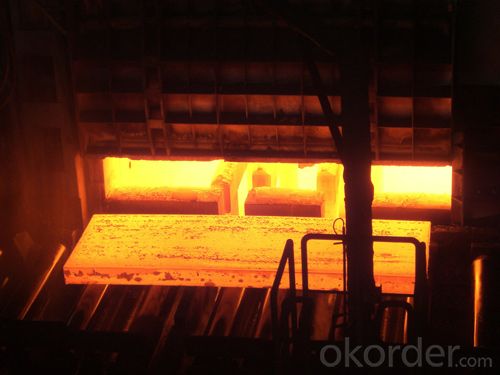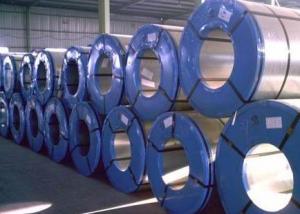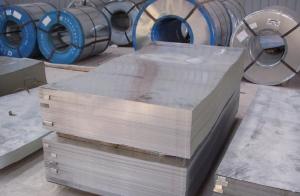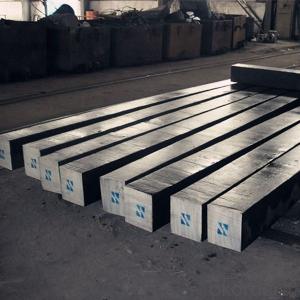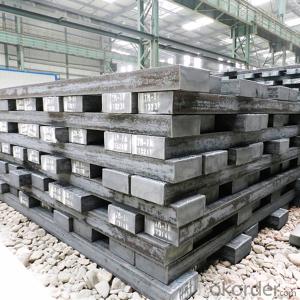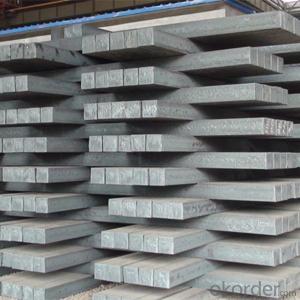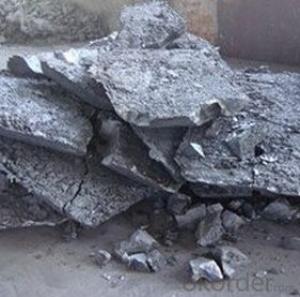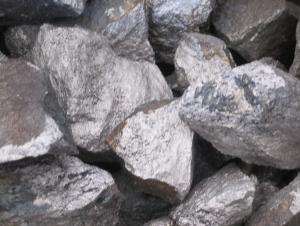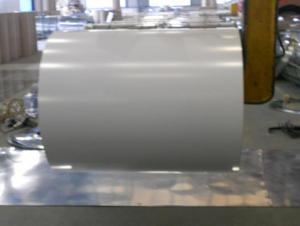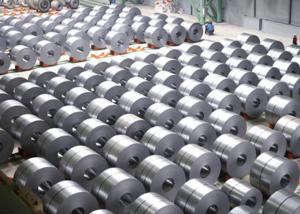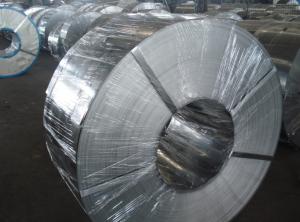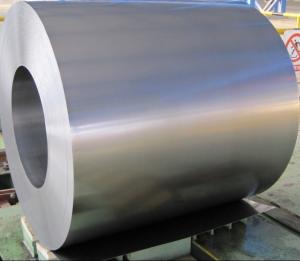For high-quality boron alloy steel export
- Loading Port:
- Tianjin
- Payment Terms:
- TT OR LC
- Min Order Qty:
- 5000 m.t.
- Supply Capability:
- 50000 m.t./month
OKorder Service Pledge
OKorder Financial Service
You Might Also Like
Square: solid, bar. Different from the square tube, hollow, belong to the tube.Steel (Steel): steel ingot, billet or steel is made by pressure processing need of various shapes, sizes and materials. Steel is an important material of national construction and the realization of the four modernizations essential, wide application range, wide variety, according to the different steel section shape,generally divided into profiles, plates, pipes and metal products four categories, in order to facilitate the organization of production of steel,ordering supplies and do well in the management work, and is divided into theheavy rail, light rail, large steel, medium section steel, small steel, steel cold-formed steel, high-quality steel, wire rod, plate, sheet, electrical silicon steelsheet, strip steel, seamless steel pipe, welded steel pipe, metal products and other varieties.
The calculation formula of square steel
Edit
Pinyin: F NGG a ng.
The theory calculation formula of square steel weight: side length0.00785=kg/m * *
Similar bar and steel, six angle steel, octagonal steel. See GB/T GB 702-2008hot-rolled steel bar size, shape, weight and tolerances
Introduction
Edit
From the appearance is mainly divided into two kinds:
Slab: section width, high ratio of the larger, mainly used for rolling sheet.
Billet: section width and height, equal, or difference, is mainly used for rollingsteel, wire. ,
2 use
Edit
Steel billet is originally, through processing can be used for making machinery parts, forging, machining of various steel products, steel wire is Q345B channel steel, billet role.
The billet is used for semi-finished steel production, are generally not directly for social use. Steel billet and steel is the strict division standard, not to Is it right? Enterprise final product to determine the whole society, and according to the unified standards to implement. Under normal circumstances, steel billet and steel is relatively easy to distinguish, but for some steel billet, with the same specification and the same purpose and steel (such as rolling tube), bywhether for other industries using, whether through steel processing process,whether through the finishing mill processing to distinguish. [1]
3 material
Edit
Continuous casting square and rectangular blank mainly in plain carbon steel,low carbon low silicon cold rolled material, the high quality carbon steel, low alloy high strength steel, special steel as representative.
Production process
The billet is through three kinds of process production:
One is through continuous casting equipment for steelmaking system, by the molten steel directly casting into billets;
Two of the steelmaking system in production of steel ingot or billet through the rolling system of rolling equipment processed steel semi-finished products;three is the production of steel ingot on steelmaking system through the semi finished products forging equipment processing out. [1]
4 the market trend
Edit
1, the domestic crude steel output high
Although the last time the domestic steel market has been relatively sluggish,and steel lose win less, but it does not seem to affect the production enthusiasm of steel enterprises. According to China Steel Association statistics show: in early April, key enterprises in the average daily output of crude steel1697300 tons, the estimated average daily output of 2123900 tons of crude steel. The average daily output of crude steel in mid April mid chain although the decline, but still in high level. According to statistics, the national key enterprises in mid April crude steel daily output of 1689100 tons, the nationalestimate of average daily output of 2115800 tons of crude steel. Such a largeyield contrast sharply with the low demand, are important factors in billet pricesdownward drag.
2, needs no significant improvement of billet
Although has entered the traditional steel demand season, but the actualdemand of the billet and without any improvement, and even in parts of the weak in March, which makes the firm more pessimistic on the market in May. At present, Tangshan market, dispatching billet for rolling the operating rate of less than 80%, and the rolling material factory procurement cautious inventory control in the low. Terminal market more weak, steel, timber rising slightlyweakened purchasing immediately; and after the price, demand has no substantial improvement.
3, Tangshan billet stock decline
It is understood that the billet stocks of major library of Tangshan area in Aprilbegan to decline, as of April 28th, Tangshan billet stock at around 1250000 tons, than the high point fell about half. But there are also firms revealed:some resource is the large library to the hands of traders, in fact moreinventory than statistics, and billet 1250000 tons of inventory is about 2.5times the same period last year.
In addition, network analysts in China industry insight that the macroeconomic situation of weakening, steel and iron and steel industry more negative newsthe credit crisis will be on billet having adverse. But considering the steel production has been in a loss of status, made the billet has some resilience;and five one small long vacation before billet prices come down quickly, it is possible to postganglionic manufacturers took the opportunity to pull up to a certain way.
5 material standard
Edit
The thickness range: 150-240mm +/-5mm width range: 880-1530mm +/-20mm
Length: 3700-10000mm +/-500mm
Cross sectional size: 64*64; 82*82; 98*98; 124*124; 120*150; 152*164;152*170mm
Length: 9000mm
Tolerance: the billet section: +1.0/-2.0----+3.0/-1.0mm:: +/-2.0MM thicknessslab width: +/-3.0MM
Tolerances on length: +/-200MM
Section diagonal tolerance: 3.5-8.0MM
Billet section dimensions dendritic requirements: <1242MM, =1242MM, <=2MMdoes not allow >1242MM, <=3MM;
Guillotine (shear) expansion deformation: the <1242MM billet: no control; slab: <=15MM
The surface tilt: no more than the blank section 0.1
Bending: each 1M length of not more than 10MM
Distortion: length <=5M, <=11. The length of <=7.5M, <=5.
The material chemical composition of 3SP/PS%:C Mn Si S P
- Q: How are steel forgings used in heavy machinery and equipment?
- Steel forgings are used in heavy machinery and equipment primarily for their superior strength, durability, and reliability. These forgings, made by shaping and compressing the steel under extreme heat and pressure, provide the necessary structural integrity to handle high loads and withstand harsh operating conditions. They are commonly used in components such as gears, shafts, crankshafts, and connecting rods, ensuring optimal performance and longevity of heavy machinery and equipment.
- Q: How is stainless steel different from other types of steel products?
- Stainless steel is different from other types of steel products primarily due to its unique composition, which includes a high percentage of chromium. This addition of chromium enhances its corrosion resistance properties, making it highly resistant to rust and stains. Unlike regular steel, stainless steel does not require any additional protective coatings or treatments to prevent rusting. Additionally, stainless steel offers excellent strength, durability, and heat resistance, making it suitable for a wide range of applications in various industries, including construction, automotive, and kitchenware.
- Q: What are the different types of steel fencing and barriers available?
- There are various types of steel fencing and barriers available, including chain link fences, wrought iron fences, steel picket fences, steel mesh fences, and steel bollards. Each type offers unique features and benefits, catering to different security and aesthetic requirements.
- Q: What are the different types of steel wire and cables available?
- There are several types of steel wire and cables available, including galvanized steel wire, stainless steel wire, carbon steel wire, and alloy steel wire. Each type has its own unique properties and characteristics, making them suitable for various applications such as construction, automotive, electrical, and telecommunications.
- Q: What are the common types of steel products used in the pet food and supplies industry?
- Some common types of steel products used in the pet food and supplies industry include stainless steel bowls, crates and cages made of galvanized steel, steel shelving units, steel storage containers, and steel wire mesh for fencing.
- Q: What are the different types of steel shelving systems?
- There are several different types of steel shelving systems available, including boltless shelving, rivet shelving, wire shelving, and industrial shelving.
- Q: What are the different types of steel products used in the manufacturing of educational toys?
- The different types of steel products used in the manufacturing of educational toys can include steel wires, steel rods, steel sheets, and steel tubes. These steel components are often utilized to provide durability, strength, and structural support to the toys, ensuring their longevity and safe usage by children.
- Q: How is steel used in the manufacturing of railway tracks?
- Steel is used in the manufacturing of railway tracks due to its high strength and durability. It is used to create the rails, which provide a smooth and stable surface for trains to travel on. Additionally, steel is also used in the construction of other track components such as sleepers, fasteners, and switches, ensuring a reliable and long-lasting railway infrastructure.
- Q: What are the different types of steel structural shapes?
- Some of the different types of steel structural shapes include beams, channels, angles, and tubes. Beams are horizontal structural members that can support heavy loads. Channels are C-shaped sections that are used for various applications, such as framing and support. Angles are L-shaped sections that provide structural support and reinforcement. Tubes are hollow cylindrical structures that can be used for a variety of purposes, including construction and transportation.
- Q: What are the different types of steel bollards and barriers available?
- There are several types of steel bollards and barriers available, including fixed bollards, removable bollards, collapsible bollards, and automatic retractable bollards. Fixed bollards are permanently installed and provide a strong physical barrier. Removable bollards can be easily taken out when needed and offer flexibility in traffic control. Collapsible bollards can be folded down to allow temporary vehicle access. Automatic retractable bollards can be controlled electronically and are often used in high-security areas.
Send your message to us
For high-quality boron alloy steel export
- Loading Port:
- Tianjin
- Payment Terms:
- TT OR LC
- Min Order Qty:
- 5000 m.t.
- Supply Capability:
- 50000 m.t./month
OKorder Service Pledge
OKorder Financial Service
Similar products
Hot products
Hot Searches
Related keywords
